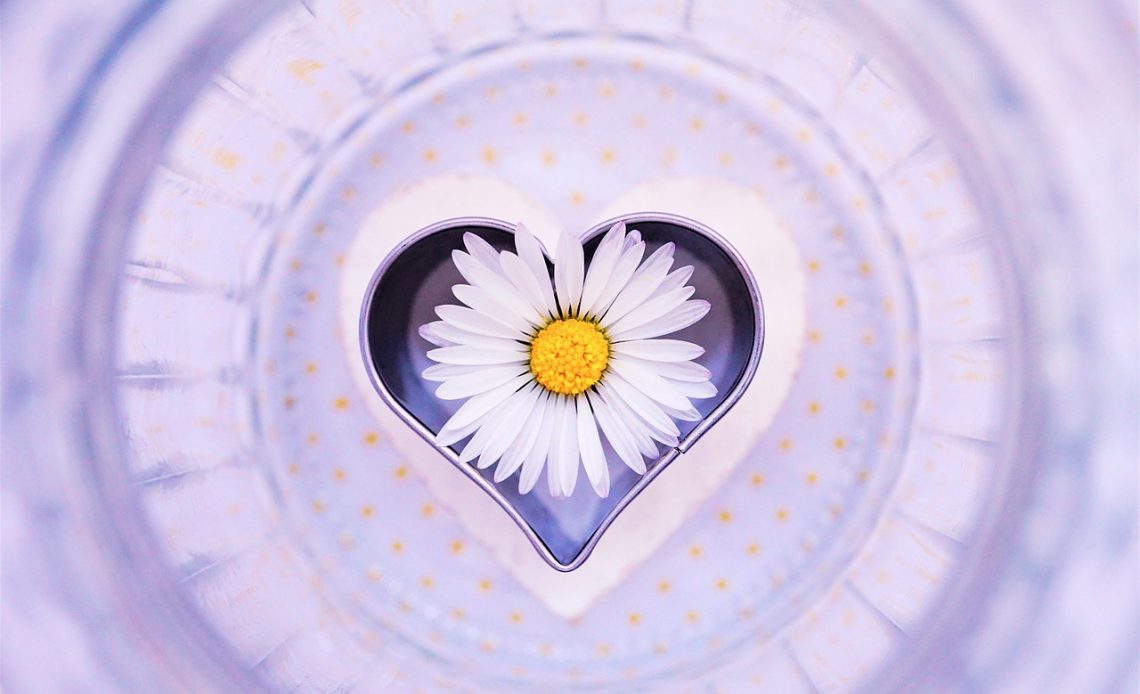
The history and culture of daisies is a captivating journey through time, spanning from ancient civilizations to the present day. These delicate flowers have played a significant role in various societies, leaving their mark in art, literature, and traditions worldwide. Let’s delve into the fascinating world of daisies and uncover their rich symbolism, artistic interpretations, and cultural significance.
From ancient times, daisies have been revered for their beauty and charm. In Greek mythology, it is said that daisies were created from the tears of the nymph Belides, who wept for her lost love. This mythological connection highlights the emotional impact that daisies have had on human beings throughout history.
The symbolism of daisies is multi-faceted and varies across different cultures. In many societies, daisies are associated with purity and innocence, representing the simplicity and goodness of nature. They have also been used as symbols of love, with their delicate petals signifying the fragility and beauty of affection.
In the realm of art and literature, daisies have inspired countless artists and writers. Their vibrant colors and graceful form have been captured in paintings, poems, and novels. Artists like Vincent van Gogh and William Wordsworth have depicted daisies in their works, using them as metaphors for life, love, and the passage of time.
Moreover, daisies have become an integral part of various traditions and celebrations around the world. In flower festivals, these blossoms take center stage, adorning floats and creating a colorful spectacle. In wedding customs, daisies are often incorporated into bridal bouquets, symbolizing purity and new beginnings.
The history and culture of daisies is a testament to their enduring appeal and significance. From their ancient origins to their role in modern-day celebrations, these charming flowers continue to captivate hearts and minds. Join us on this exploration of daisies and discover the magic they hold within their petals.
Ancient Origins
The ancient origins of daisies can be traced back to various mythologies and folklore in different cultures. These charming flowers have been associated with gods, goddesses, and legendary figures since ancient times.
In Greek mythology, daisies were believed to have originated from the tears of the nymph Belides, who wept for her lost love. The flowers were named after her and became symbols of innocence and purity.
In Norse mythology, the daisy was associated with Freya, the goddess of love and beauty. It was believed that daisies bloomed wherever she walked, representing her grace and charm.
Similarly, in Roman mythology, the daisy was linked to the goddess Venus, the embodiment of love and beauty. It was said that daisies sprouted from the ground where she stepped, symbolizing her divine presence.
Throughout history, daisies have also been mentioned in various folktales and legends. In Celtic folklore, daisies were believed to have healing powers and were used in herbal remedies. They were associated with fairies and were thought to bring good luck and protection.
These ancient origins and associations with gods, goddesses, and legends have contributed to the enduring symbolism and cultural significance of daisies.
Daisy Symbolism
When it comes to daisies, their symbolic meaning varies across different societies and time periods. These delicate flowers have long been associated with purity and innocence, often representing the beauty of nature in its simplest form. In many cultures, daisies are seen as a symbol of love and loyalty, capturing the essence of true affection.
But the symbolism of daisies goes beyond romantic love. These flowers are also believed to convey various emotions and qualities. For instance, daisies are often associated with happiness and joy, as they bring a sense of cheerfulness and positivity wherever they bloom. In religious and spiritual contexts, daisies are seen as symbols of divine purity and spiritual enlightenment.
To further explore the symbolism of daisies, let’s take a closer look at their representation in different cultures and time periods:
- In ancient Greece, daisies were associated with the goddess Aphrodite, the goddess of love and beauty. They were believed to symbolize her purity and innocence.
- In Victorian England, daisies became a popular symbol of loyalty and faithfulness. They were often exchanged between lovers as a token of their commitment.
- In Christian symbolism, daisies are often associated with the Virgin Mary and are seen as a representation of her purity and virtue.
- In some Native American cultures, daisies are considered sacred flowers and are used in ceremonies and rituals to bring about spiritual healing and purification.
As you can see, daisies hold a deep significance in various societies and time periods, representing a range of emotions and qualities. Whether it’s purity, innocence, love, or spiritual enlightenment, these charming flowers continue to captivate us with their timeless symbolism.
Daisies in Art and Literature
Daisies have long been a source of inspiration for artists and writers, appearing in various forms of artistic expression throughout history. From paintings to poems, daisies have captured the imaginations of renowned artists and writers, each offering their unique interpretation of these delicate flowers.
In art, daisies have been depicted in countless masterpieces, symbolizing different concepts and emotions. For instance, Vincent van Gogh’s famous painting “Daisies and Poppies” showcases a vibrant field of daisies, representing the beauty and simplicity of nature. The painting’s vivid colors and intricate brushwork bring the daisies to life, evoking a sense of joy and tranquility.
Similarly, in literature and poetry, daisies have been used as powerful symbols. William Wordsworth’s poem “To the Daisy” celebrates the humble flower’s resilience and ability to thrive in even the harshest conditions. The daisy becomes a metaphor for the endurance of the human spirit, reminding readers of the strength found in simplicity.
Throughout history, daisies have been interpreted in various ways by artists and writers, reflecting the cultural and personal significance these flowers hold. Their presence in art and literature serves as a testament to the enduring allure and universal appeal of daisies.
Daisy Traditions and Celebrations
Daisies have long been associated with various traditions and celebrations in different cultures around the world. These delicate flowers have played a significant role in adding beauty and symbolism to important events and rituals.
One of the most common traditions involving daisies is flower festivals. These festivals celebrate the vibrant colors and fragrances of different flowers, including daisies. People gather to admire and appreciate the beauty of these blooms, often participating in activities such as flower parades and exhibitions.
In some cultures, daisies hold special significance in wedding customs. They are often incorporated into bridal bouquets and floral arrangements, symbolizing purity, innocence, and new beginnings. Daisies are believed to bring good luck and happiness to the newlyweds, making them an essential part of the wedding ceremony.
Additionally, daisies are also used in various religious and spiritual practices. They are often offered as floral tributes in temples, churches, and other places of worship. The simplicity and purity of daisies make them a symbol of devotion and reverence.
Overall, daisy traditions and celebrations highlight the universal appeal and cultural significance of these charming flowers. Whether it’s a flower festival, a wedding ceremony, or a religious ritual, daisies continue to captivate and inspire people with their timeless beauty and symbolic meaning.
Frequently Asked Questions
- What is the significance of daisies in different cultures?
Daisies hold symbolic meanings in various cultures. They are often associated with purity, innocence, and love. In some cultures, daisies are considered sacred and are used in religious and spiritual rituals.
- How have daisies been depicted in art and literature?
Daisies have been a popular subject in art, literature, and poetry throughout history. They have been portrayed as symbols of beauty, simplicity, and fragility. Many famous artists and writers have used daisies to convey deeper meanings and emotions in their works.
- Are there any traditions or celebrations related to daisies?
Yes, daisies have played a role in various traditions and celebrations. They are often featured in flower festivals, where their beauty is celebrated. In some cultures, daisies are used in wedding customs, symbolizing purity and new beginnings.
- Do daisies have any medicinal uses?
Yes, daisies have been used in traditional medicine for their healing properties. They are known for their anti-inflammatory and pain-relieving effects. Daisies have also been used to treat skin conditions and digestive issues.
- Can daisies be grown in different climates?
Yes, daisies are versatile and can be grown in various climates. They are hardy plants that can tolerate different weather conditions. However, specific daisy species may have different preferences, so it’s important to choose the right variety for your climate.

